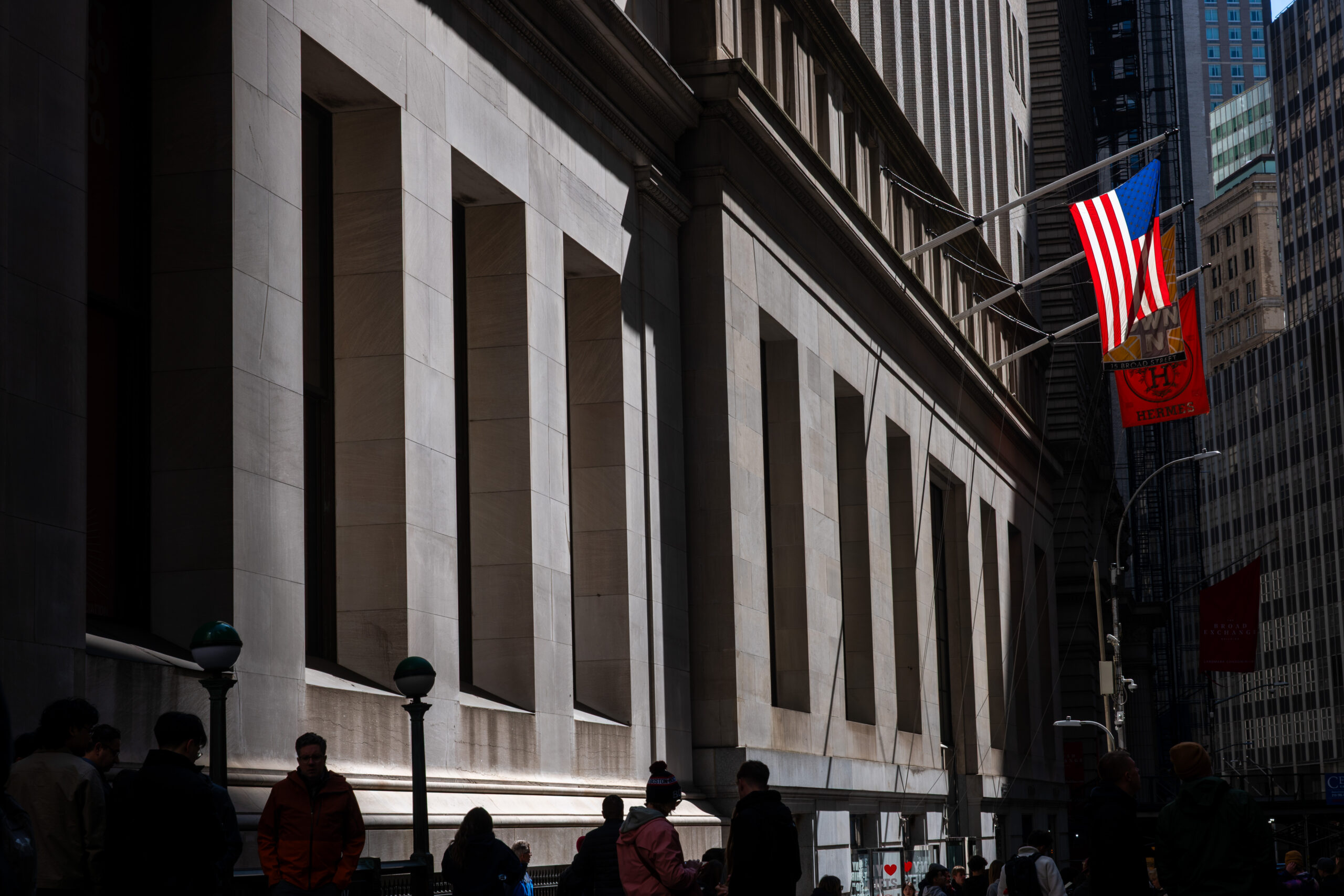
By mid-2025, more than $260 billion in stablecoins—cryptocurrencies designed to maintain a stable value by being pegged to a traditional currency or basket of assets—moved through exchanges, lending desks and retail rails. What began as a crypto workaround became a key tool for businesses to bypass slow banks, reduce counterparty risk and move dollars across borders with fewer hurdles. In many emerging markets, stablecoins have become a faster, dollar-based alternative to fragile banking systems.
But this rapid rise brings a structural challenge. When usage scales quickly, infrastructure often lags behind, and stablecoins are no exception. The foundational systems they rely on, such as custody, reserves, redemptions and disclosures, still vary widely in quality and oversight. That fragility may not be obvious in calm markets, but it becomes pronounced under stress, especially as stablecoins take on greater systemic weight.
When stablecoins replace banks, what fills the gap?
In many regions, stablecoins have become a practical way to move dollars when banks fall short. They’re used to settle trades, provide short-term credit and store value, particularly where traditional finance is slow, fragmented or expensive. Over time, they’ve grown into a functional layer of payments and liquidity, built outside the usual rails.
Across Asia, Africa and Latin America, stablecoins like USDT and USDC—the two largest dollar-pegged digital tokens—have integrated into daily financial activity. In some countries, they’ve even overtaken local alternatives. Nigeria’s e‑naira, for instance, struggled to gain adoption while USDT already provided broader access and deeper liquidity.
The very qualities that make stablecoins powerful—decentralization and blockchain-based programmability—also demand closer scrutiny. Even as adoption accelerates, with some forecasts projecting total supply to reach $1.6 trillion by 2030, much of that expansion is taking place outside traditional finance. The result is a parallel dollar system with limited visibility and minimal oversight.
In other words, as stablecoins become more central to global flows, the structures around them are getting harder to track. Behind the scenes, informal deals, synthetic borrowing and reused collateral now play a growing role. But unlike traditional finance, these mechanisms lack the safeguards built through decades of crisis-tested reform. The digital dollars are moving fast, but the infrastructure behind them hasn’t kept up.
So the question isn’t whether stablecoins are useful. It’s whether the systems supporting them are ready for the roles they’ve already assumed. If the answer is no, then what needs to change to make them safe to rely on?
The missing guarantees behind digital dollars
Despite their growing role in global finance, most stablecoins still lack the institutional safeguards that support traditional money under stress. There’s no central backstop, no unified settlement layer and no public guarantee behind reserves. That may not matter in calm markets, but during volatility, confidence is the only anchor—and the system remains untested under pressure.
Terra demonstrated just how quickly things can go wrong. In 2022, its algorithmic stablecoin lost over $40 billion in value virtually overnight. Built on internal incentives with no tangible backing, it couldn’t withstand pressure. While an extreme case, Terra revealed just how fast synthetic stability unravels without a firm foundation.
Even asset-backed stablecoins raise structural questions. Tether, which still dominates the market, is preparing to enter the U.S. under the recent GENIUS Act. While that signals a shift toward compliance, the company still operated without a full, independent audit. Circle, by contrast, provides regular attestations, but its reserves rely heavily on short-term U.S. debt, a setup that could face pressure in mass-redemption scenarios.
Regulators are starting to pay closer attention. The Bank for International Settlements has noted that most stablecoins still fall short on key monetary functions. They lack issuer consistency, can’t expand via credit and often operate without baseline transparency or compliance standards. In that sense, stablecoins still behave more like 19th-century private banknotes than modern financial instruments—functional, but not yet built to last.
If stablecoins are being used like money, they need to be supported by systems that can handle scale, shocks and trust, just like any other financial instrument.
Making stablecoins safe to scale
If stablecoins are already powering global settlements, liquidity and informal credit, their supporting infrastructure can no longer be an afterthought. The real question is: can the system carry the weight it already bears?
Short answer: yes—but only if responsibility comes first. Specifically, scaling demands more than just speed. It requires transparency, audited reserves and compliant custody. That’s the real price of maturity. At smaller volumes, voluntary disclosures might suffice. But as the market rapidly approaches $1 trillion, they clearly don’t.
U.S. regulators took an important first step with the GENIUS Act, signed into law in July 2025. The act introduces federal licensing, mandatory reserves and real-time redemption guarantees. It’s a meaningful baseline and a step toward giving institutions a clearer path forward.
However, even with regulation, “best effort” isn’t the same as a shared industry standard. Goodwill alone can’t support tokens that underpin real-world financial flows. Without a common infrastructure, the system remains vulnerable to stress.
What’s still missing is credible, enforceable infrastructure. More precisely: standardized custody, predictable redemption, robust governance and clear accountability when things go wrong. Without that, stablecoins risk becoming programmable little more than programmable wrappers around untested financial plumbing.
At some point, scale demands structure, and for stablecoins, that moment has already arrived. What began as a shortcut is quickly becoming part of the financial core. The architecture must match the ambition and be designed for resilience at both the technical and systemic levels. If stablecoins are here to stay, so too is the obligation to make them safe to use, build on and trust.
<




